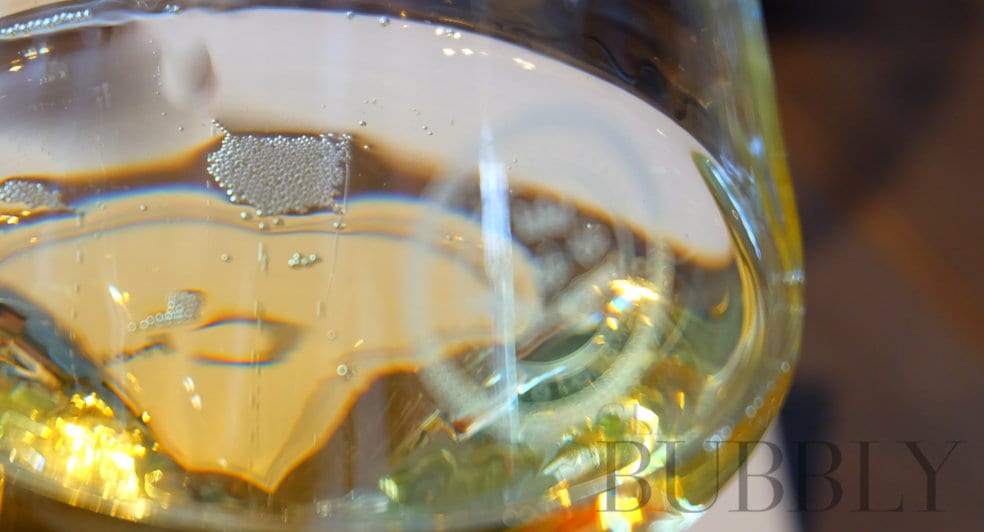Do Wine Legs Indicate Quality?
9th February 2024

We all know the evenings when, just after a nice bottle of wine has been opened and poured, we look at each other and say: great legs! But what do these wine legs really say about the wine? Can we read something from those streaks formed on the inside of the glass when it comes to the quality of the wine?
Wine legs are like the delicate dancers of the glass
Technically the legs, which arise after swirling wine, are in general an expression of the viscosity of the wine. As such viscosity refers to the thickness or resistance to flow of a liquid. This is especially determined by the level of alcohol, the residual sugar and the glycerol resulting from the fermentation. All three elements contribute strongly to the sensory experience of wine. Alcohol and glycerol enhance the wine’s body and mouthfeel. Sugar is responsible for sweetness. As such together these elements are often associated with the texture as well as the perceived quality of wine. But what can these wine legs tell about the wine’s overall merit?
To answer this we also have to go back to the act of perceiving or the sensory observation. The visual perception leads to the observation of something like the thickness of the legs and the speed at which they are formed. This observation is subsequently interpreted mentally. We translate what we see into some of the knowledge we prior have gained about comparable phenomena. By this knowledge, we transpose what we have seen into characteristics we expect the wine to have.
Wine legs give us a glimpse into the body and texture of the wine
When we look at this process in a little bit more detail, the question of whether we can actually know the quality of the wine in this way is in my opinion an arbitrary one. First, it is only an indirect assessment. We don’t taste the wine and yet we think we can say something about its quality. Second, we derive intrinsic features from a visual phenomenon. We do this by expressing a visual phenomenon (viscosity) in concepts and relating that in our mind to other concepts that express the expected taste. This is quite a translation between the senses, which is at the same time limited to the concepts we have available in our minds at that moment. Thirdly, the taste characteristics formulated in this way are related in your mind to similar taste sensations that you have previously experienced and must have been remembered explicitly. Only then we can make a relative judgment about the quality: is it good, balanced, complex or whatever.
Wine legs are the footprints of the wine’s journey
and the pleasure it brings to our senses
All in all, this is a very particularly complex process with many implicit conversions and it requires extensive wine knowledge and experience information. For example, how do the wine legs of a Meursault differ from those of a Kistler Chardonnay or a Claudi Bay Sauvignon? And do the specific legs mean anything as such?
So if we want to give meaning to the wine legs in terms of the quality of the wine, we need to know much more about the wine than the shape of the legs and how they form and develop. At least we should know more about the type of grapes, the style (of winemaking), the aging and preferably some other typicalities. Only then we can probably meaningful interpret these phenomena into specific characteristics of the wine, and with that maybe also something about the wine’s overall merit. And the ultimate question of whether this together makes the wine a high-quality wine for you personally is an extremely subjective judgement. A judgement you can make the best after you swirl the glass and observe the legs, and taste your first sip. Cheers!
Good vibes!
Corné van Nijhuis
World’s first self-declared Vinosopher
![]()
Corné van Nijhuis
Longing for knowledge and wisdom about the nature of wine and the existential meaning associated with it, which makes him a self-declared vinosopher.
